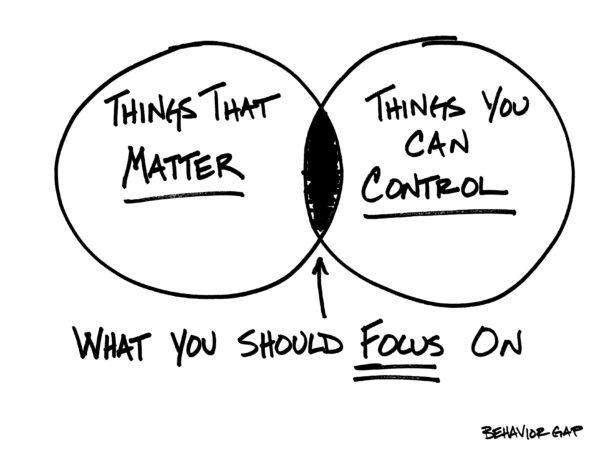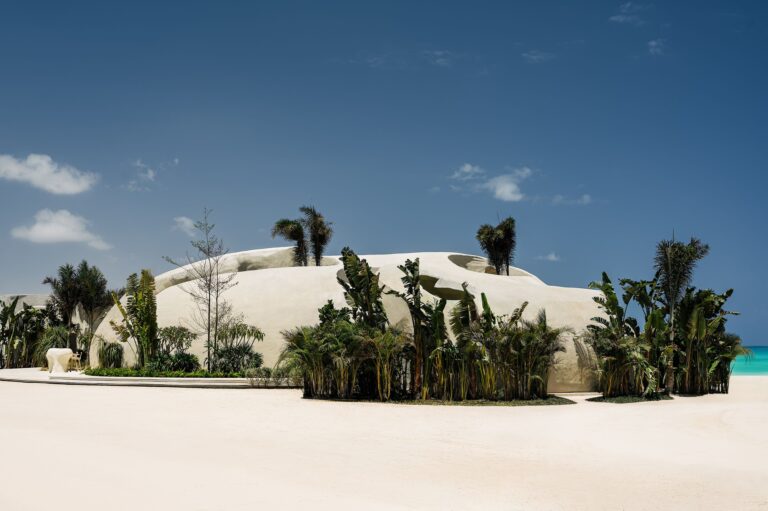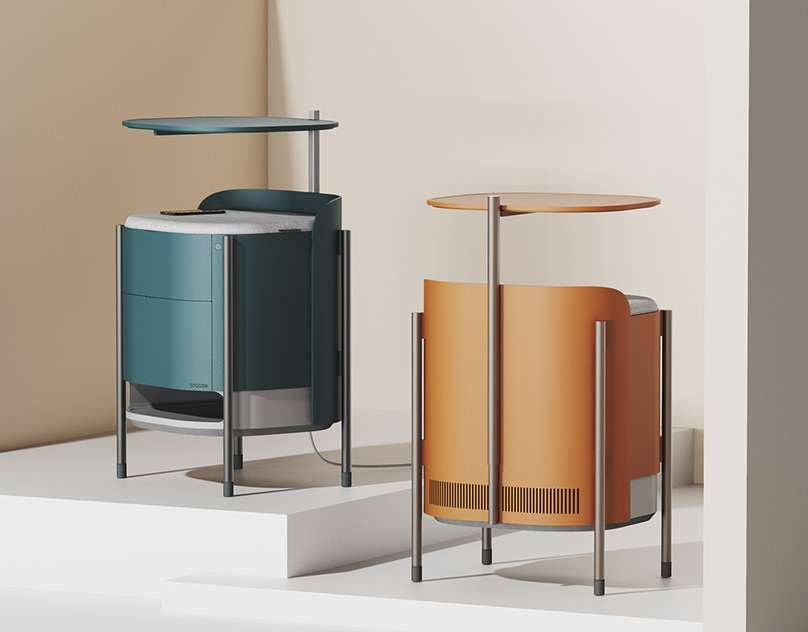The Marvels of Modern Architecture: Blending Tradition and Innovation in a World of Concrete and Glass” – Illuminating Architectural Wonders, Blurring Boundaries, and Propelling Sustainable Future

The Marvels of Modern Architecture: Blending Tradition and Innovation in a World of Concrete and Glass

Illuminating Architectural Wonders
Modern architecture has revolutionized the way we perceive and interact with the built environment. From iconic skyscrapers to breathtaking museums, contemporary architectural marvels have become global landmarks, captivating tourists and locals alike.
The fusion of tradition and innovation is a defining characteristic of modern architecture. Architects today draw inspiration from classical forms and materials, while incorporating cutting-edge technologies and sustainable practices, thus blurring the boundaries between the old and the new.
Blurring Boundaries
Gone are the days when architecture was limited to rigid structures and predictable designs. Modern architects are constantly pushing boundaries, redefining what is possible, and challenging conventional notions of space and aesthetics.
One remarkable example of this boundary blurring is the Guggenheim Museum in Bilbao, Spain. Designed by Frank Gehry, the museum’s unconventional and fluid shape has become an architectural icon. Its shimmering titanium façade seamlessly blends with the surrounding landscape, creating a harmonious dialogue between nature and human creation.

Another example is the Burj Khalifa in Dubai, the tallest building in the world. Its sleek and soaring design exemplifies the mastery of engineering and pushes the limits of what was previously thought possible. This architectural wonder stands as a testament to human ingenuity, while paying homage to the region’s rich cultural heritage.
Propelling Sustainable Future
As concerns about climate change and environmental sustainability grow, modern architecture has embraced innovative solutions to minimize its ecological footprint. Green buildings, also known as sustainable or eco-friendly buildings, are becoming increasingly common.
Architects are incorporating energy-efficient technologies, renewable materials, and sustainable design principles into their creations. By utilizing techniques such as passive cooling, solar power, and rainwater harvesting, modern buildings aim to reduce energy consumption and promote a more sustainable future.

The Bullitt Center in Seattle, Washington, is a prime example of sustainable architecture. This building is designed to generate its own energy using solar panels, compost its own waste, and collect rainwater for usage. By showcasing the potential for self-sufficiency, the Bullitt Center serves as a model for future sustainable developments.
Conclusion
The marvels of modern architecture are not only aesthetic and functional accomplishments but also symbols of human progress and creativity. By blending tradition and innovation, architects are transforming our cities into vibrant and sustainable spaces that enrich our lives and shape our future.






